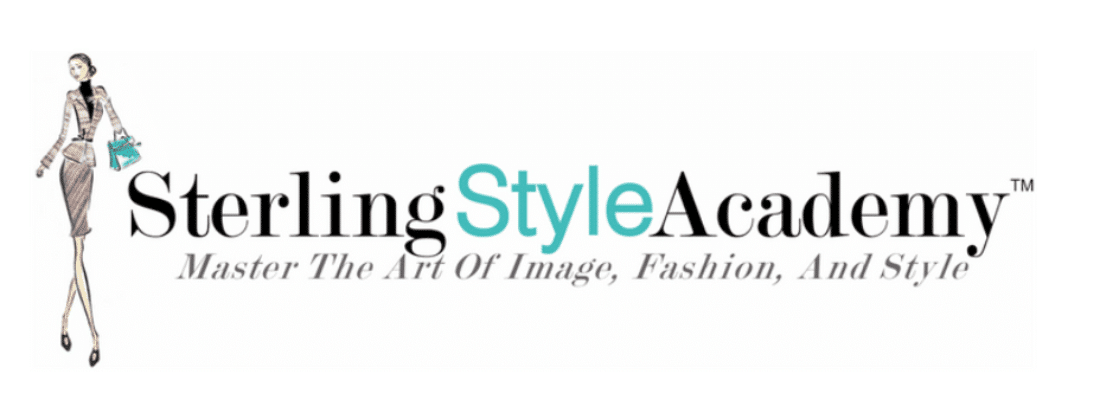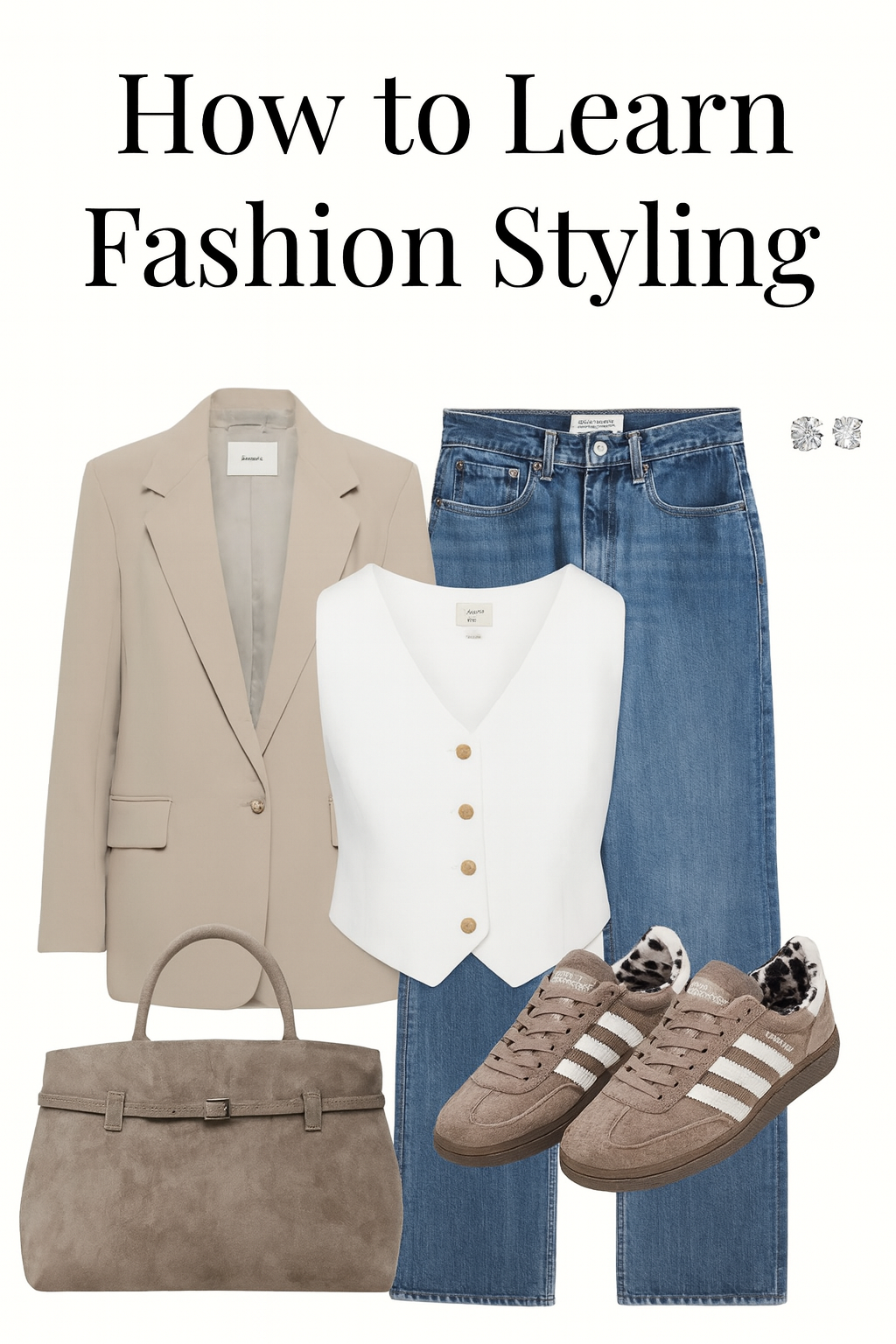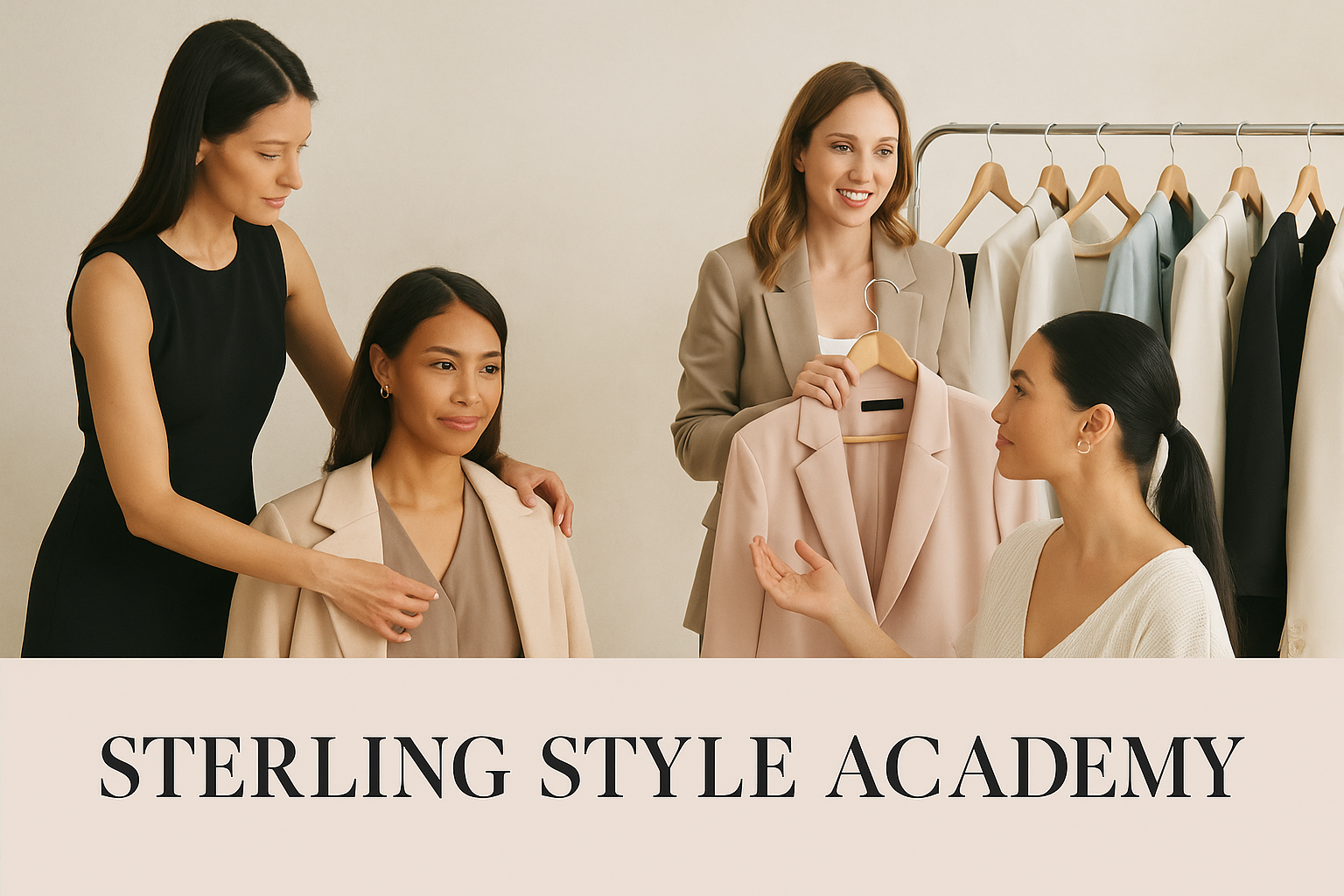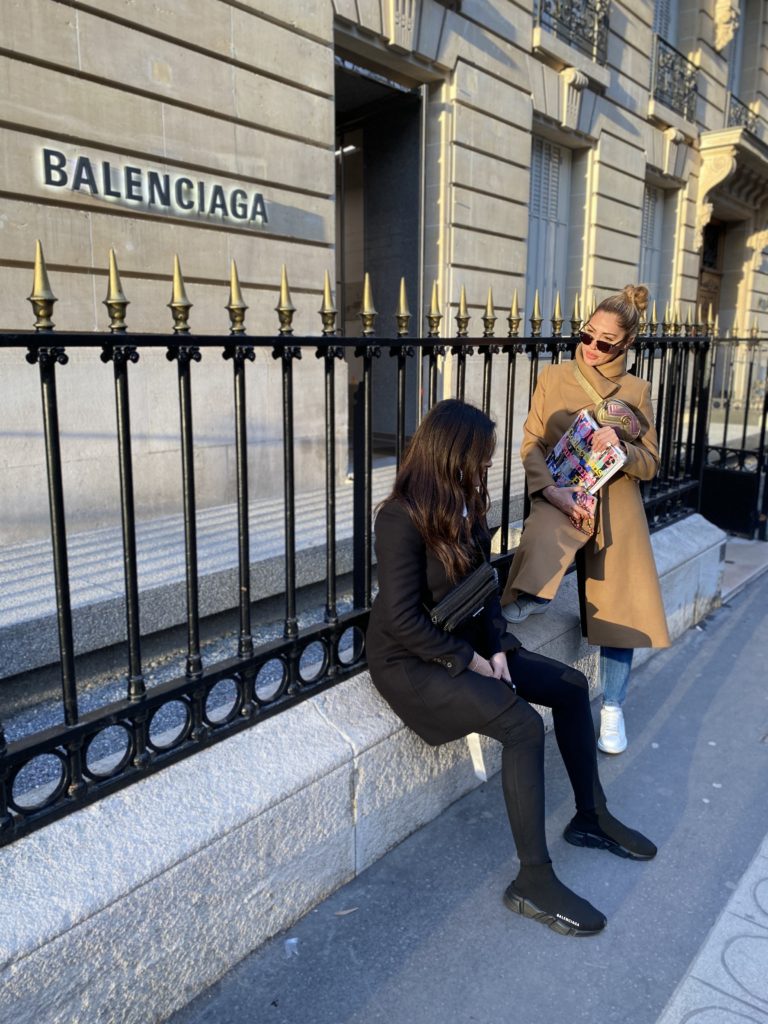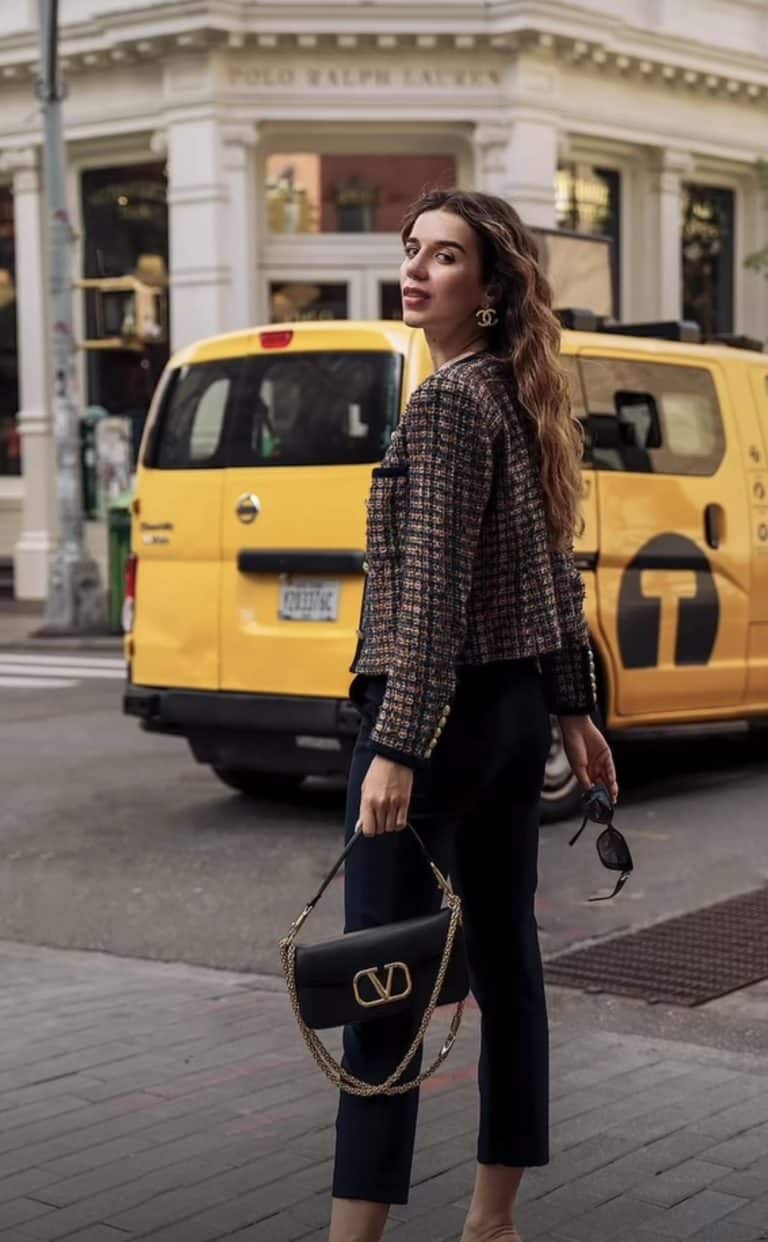How to Learn Fashion Styling: Your Complete Guide to Mastering the Art
Want to know how to learn fashion styling? Fashion styling has evolved from a behind-the-scenes profession to one of the most sought-after careers in the creative industry. Whether you dream of working with celebrities, styling editorial shoots, or helping everyday people discover their perfect look, learning fashion styling opens doors to a world of creative possibilities. This comprehensive guide will walk you through everything you need to know about how to learn fashion styling effectively.
Understanding What Fashion Styling Really Means
Before diving into how to learn fashion styling, it’s crucial to understand what fashion styling actually encompasses. Fashion styling goes beyond simply putting together outfits—it’s about creating visual narratives, understanding body types, knowing color theory, and staying ahead of trends while maintaining timeless appeal.
A fashion stylist serves as a visual storyteller who uses clothing, accessories, and overall aesthetic choices to communicate specific messages. Whether working on magazine shoots, red carpet events, or personal shopping sessions, stylists blend artistic vision with practical knowledge to create compelling looks.
How to Learn Fashion Styling: Building Your Foundation
Start with Fashion History and Theory
The journey of how to learn fashion styling begins with understanding fashion’s rich history. Study iconic designers like Coco Chanel, Christian Dior, and Alexander McQueen. Learn about different fashion eras, from the structured silhouettes of the 1940s to the minimalist movement of the 1990s.
Understanding fashion theory helps you grasp why certain combinations work and others don’t. Study color theory, proportions, and the psychological impact of clothing choices. This foundational knowledge becomes the backbone of your styling decisions.
Develop Your Eye for Detail
Fashion styling requires an exceptional eye for detail. Start by analyzing fashion magazines, runway shows, and street style photography. Notice how successful stylists use accessories, layer garments, and create visual balance. Practice identifying what makes certain outfits compelling and others fall flat.
How to Learn Fashion Styling Through Formal Education
Fashion School Programs
Many aspiring stylists wonder about formal education when considering how to learn fashion styling. Fashion schools offer specialized programs in styling, merchandising, and fashion communication. Schools like Parsons School of Design, Fashion Institute of Technology (FIT), and London College of Fashion provide comprehensive curricula covering styling fundamentals.
These programs typically cover:
- Fashion history and cultural context
- Color theory and textile knowledge
- Photography and visual composition
- Business aspects of styling
- Portfolio development
Online Courses and Certifications
If traditional education isn’t feasible, online platforms offer excellent alternatives for how to learn fashion styling. Websites like Coursera, Skillshare, and specialized fashion education platforms provide courses taught by industry professionals.
Look for courses that cover:
- Personal styling techniques
- Editorial styling principles
- Client consultation skills
- Social media and digital styling
- Business development for stylists
How to Learn Fashion Styling: Practical Approaches
Internships and Assisting Established Stylists
One of the most effective ways of how to learn fashion styling is through hands-on experience. Seek internships with established stylists, fashion magazines, or styling agencies. Even unpaid positions provide invaluable learning opportunities and industry connections.
As a styling assistant, you’ll learn:
- How professional shoots operate
- Client management skills
- Garment care and organization
- Industry networking strategies
- Real-world problem-solving techniques
Building Your Own Portfolio
Practice is essential when learning how to learn fashion styling. Start by styling friends, family members, or volunteer models. Create themed photo shoots that showcase different styling approaches—casual wear, formal events, seasonal collections, or specific color palettes.
Your portfolio should demonstrate:
- Versatility across different styling scenarios
- Understanding of various body types
- Seasonal and trend awareness
- Creative vision and personal aesthetic
- Professional presentation skills
How to Learn Fashion Styling: Technical Skills Development
Understanding Garment Construction and Fit
Successful styling requires understanding how clothing should fit and why certain garments work for specific body types. Study garment construction basics—learn about darts, seams, and how different fabrics drape on the body.
This knowledge helps you:
- Identify quality clothing pieces
- Understand alteration possibilities
- Recommend appropriate fits for clients
- Communicate effectively with tailors and designers
Color Theory and Coordination
Color knowledge is fundamental to how to learn fashion styling effectively. Master color wheel principles, understand complementary and analogous color schemes, and learn how different colors affect skin tones.
Key color concepts include:
- Seasonal color analysis
- Color psychology in fashion
- Monochromatic styling techniques
- Pattern mixing principles
- Neutral color utilization
How to Learn Fashion Styling in the Digital Age
Social Media Styling
Modern fashion styling increasingly involves digital platforms. Understanding how to learn fashion styling for social media requires knowledge of photography, lighting, and creating Instagram-worthy content.
Digital styling skills include:
- Understanding camera angles and lighting
- Creating cohesive social media aesthetics
- Working with influencers and content creators
- Adapting styling for different platforms
- Building an online styling presence
E-commerce and Virtual Styling
The rise of online shopping has created new opportunities in virtual styling. Many retailers now offer personal shopping services, styling subscription boxes, and AI-powered recommendation systems.
How to Learn Fashion Styling: Specialization Areas
Editorial Styling
Editorial styling focuses on magazine shoots, fashion campaigns, and artistic fashion photography. This specialization emphasizes creativity, storytelling, and pushing fashion boundaries.
Celebrity Styling
Celebrity stylists work with actors, musicians, and public figures for red carpet events, performances, and public appearances. This field requires discretion, flexibility, and the ability to work under pressure.
Personal Shopping and Wardrobe Consulting
Personal stylists help individuals develop their personal style, shop for clothing, and organize wardrobes. This area emphasizes client relationships, psychology, and practical styling solutions.
Building Professional Relationships in Fashion Styling
Networking plays a crucial role in how to learn fashion styling successfully. Attend fashion events, join professional organizations, and connect with photographers, makeup artists, and other creative professionals.
Build relationships with:
- Fashion photographers
- Makeup artists and hair stylists
- Fashion editors and journalists
- Retail buyers and merchandisers
- Other stylists and creative professionals
Starting Your Fashion Styling Business
Once you’ve learned the fundamentals of how to learn fashion styling, consider the business aspects of your career. Develop skills in:
- Client consultation and communication
- Pricing your services appropriately
- Marketing and brand development
- Contract negotiation and legal considerations
- Financial management and budgeting
Staying Current with Fashion Trends
Fashion moves quickly, making continuous learning essential. Stay updated through fashion magazines, trend forecasting services, runway shows, and street style photography. Subscribe to industry publications, follow influential stylists on social media, and attend fashion weeks when possible.
Overcoming Common Challenges When Learning Fashion Styling
Many newcomers face similar obstacles when discovering how to learn fashion styling. Common challenges include building confidence, developing a personal aesthetic, managing client expectations, and breaking into the competitive fashion industry.
Remember that styling is both an art and a skill that improves with practice. Don’t be discouraged by initial setbacks—even experienced stylists continue learning and evolving their techniques.
The Future of Fashion Styling
As fashion evolves, so does styling. Sustainability concerns are reshaping how stylists approach fashion choices. Virtual reality styling, AI-powered recommendations, and eco-conscious fashion practices are becoming increasingly important.
Understanding these trends helps you stay relevant and builds a forward-thinking approach to your styling career.
Taking Action: Your Next Steps in Learning Fashion Styling
Now that you understand how to learn fashion styling, it’s time to take action. Start by choosing one area to focus on immediately—whether it’s building a portfolio, finding an internship, or enrolling in a course.
Remember that learning fashion styling is an ongoing journey. The fashion industry constantly evolves, requiring stylists to adapt, learn new techniques, and stay curious about emerging trends and technologies.
Set specific goals for your styling education, create timelines for achieving them, and celebrate small victories along the way.
Ready to fast-track your journey? Register now for the 3-Day Fashion Styling Course at Sterling Style Academy and take your first step toward a successful career in fashion styling! The path of how to learn fashion styling may seem challenging, but with dedication and passion, you can build a successful career in this exciting field.
